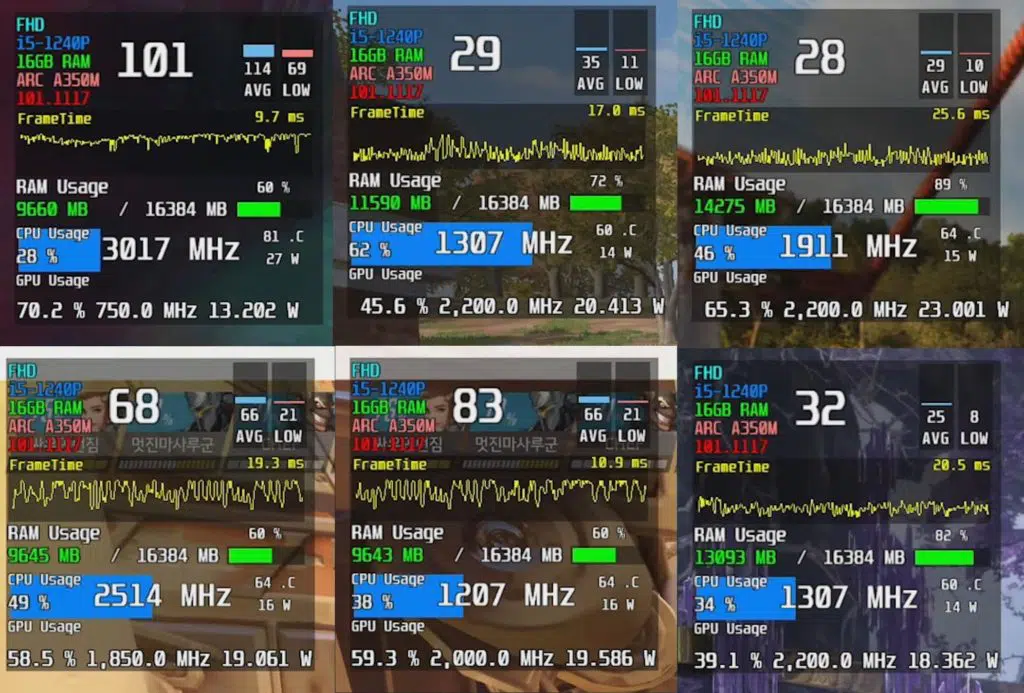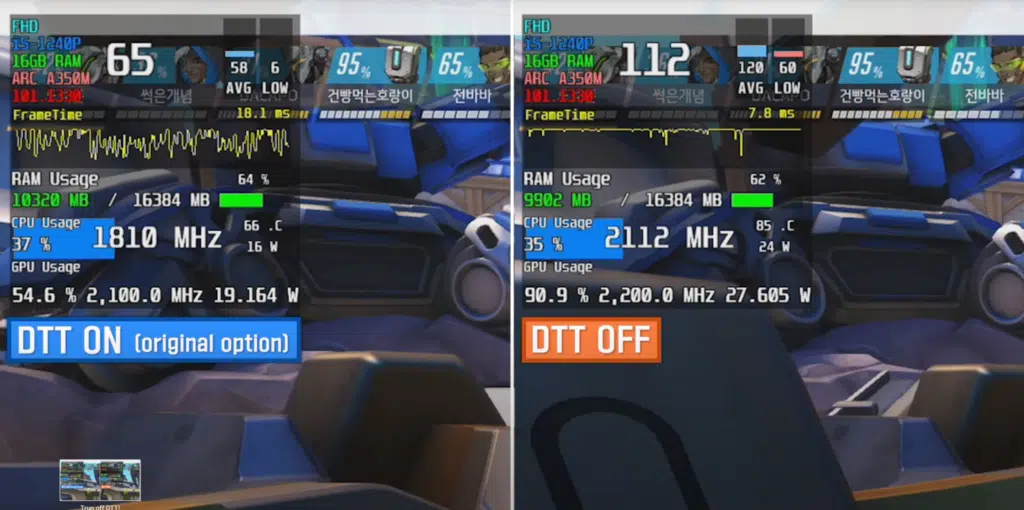Office Address
S.C Chatterjee Road - Bandel
Prantik Benepukir
IN - West Bengal
Hooghly - 712123

The Upcoming Intel’s Arc Alchemist A770 Desktop Graphics card has made a wildcard entry within the Geekbench Portal, again
This isn’t the first time any Intel ARC GPU has leaked or appeared wildly around the Internet, but this time the leaked GPU has the following specifications
Compute Cores – 512EU
Clock speed – 2.4 GHz
Geek bench Score – 85585 (OpenCL)
This GPU falls under the ARC 7 Lineup and is going to utilize the flagship ACM-G10 GPU which has other Mobility variants such as the A770M, Arc 730M

The ARC A770 is one of the most top end variant for the PC master race, Equipped with full ACM-G10 and utilizing the 32 Xe-cores and 4096ALU’s added with 32 Ray Tracing units, Intel takes a very different approach when it comes to core count, to some it may sound very confusing which includes some games too, which we would be talking in a while.
Coming to the Recent leaks, Geekbench doesn’t list down the exact VRAM configuration, instead shows only 12.7 GB which is somewhat incorrect reading, most likely the GPU is 16GB using GDDR6 and the performance figures state it to be around somewhere in between the RTX 2070 and RTX 2070 Super line of graphics from Nvidia and RX 5700XT from AMD. Which is not bad considering this is an early engineering sample, and its not optimized at all
This is not the only leak that the we have seen, there were other leaks too which were a week back, its regarding the in game support which I mentioned earlier, the problem with intel’s confusing architecture is clearly evident in the following in game benchmark which
Tested on Intel Core i5 12400P – 16GB of Memory – and Mobile Arc A350M Graphics

Clearly shows poor frame times despite the fact that the framerates are not that bad, and also considering that it is a mobile GPU, which means 1 of 2 things, either the GPU behaves very differently with how it processes draw-calls resulting in game application to suffer in frame-times despite the GPU being actually capable as shown in frame rates
DTT is the Intel equivalent of AMD’s SmartShift and NVIDIA’s Optimus. It dynamically adjusts the overall power budget between the CPU and the GPU to offer the best performance while also optimizing battery life. Only, it doesn’t. At the moment, it absolutely destroys gaming performance.

With DTT switched off, the Arc A350M is as much as 2x faster in gaming workloads. Surprisingly, the power draw hit the ceiling but stayed within spec while the CPU also hit the 28W TDP limit. However, the GPU was able to run at its 2.2GHz boost clock for sustained periods, resulting in better utilization and drastically improved performance.
Performance issues in the Desktop class A770 are clearly evident as in terms of clocks, the GPU operates at a peak boost of 2.4 GHz which is always going to be higher than its advertised engine clock speed. At 2400 MHz, the GPU should be able to deliver close to 20 TFLOPs of FP32 horsepower.
As for the synthetic benchmark, the Intel Arc Alchemist A770 scored 85585 points in the OpenCL graphics benchmark which is very low for such a high-end graphics card Unfortunately, the games still face quite a bit of stuttering which is expected considering the age of this platform. It’ll be a while before Intel irons out the software and firmware side problems
Now 20 TFLOPs of FP32 Power and such a Weak score from a Desktop GPU in 2022 – amen.
If Mr. Raja Koduri Pulls of a Navi here, then – please don’t blame him for Vega
then, the card is on par with the NVIDIA GeForce RTX 2070 and we can expect it to end up close to the RTX 3070 and 6700 XT by the time it launches by the end of the second quarter of 2022.